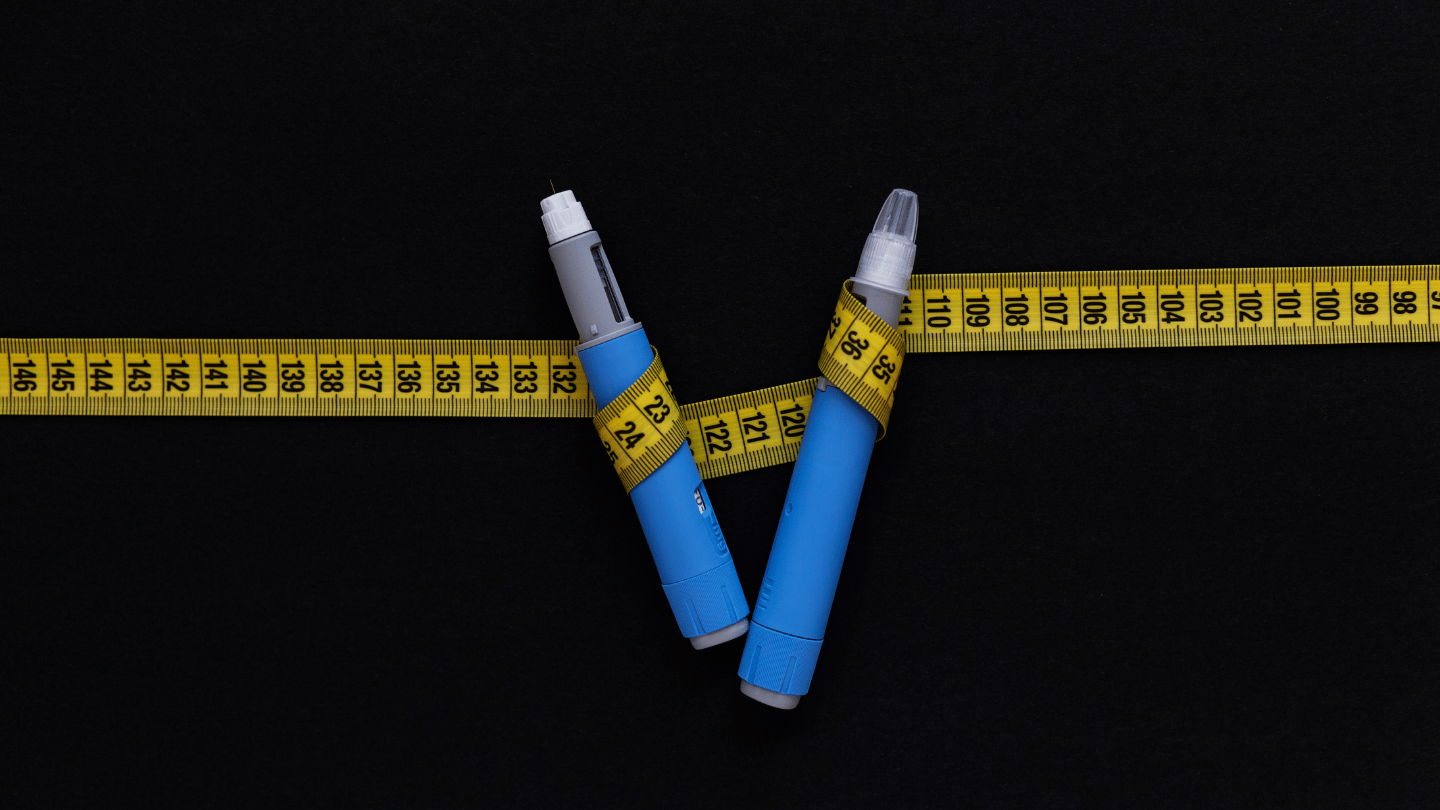Suboxone is a life-saving medication used to treat opioid addiction, providing a safe, effective way to manage withdrawal symptoms and reduce cravings. But what is Suboxone used for, and why has it become such a trusted solution in the fight against opioid dependence? Let’s break it down.
What is Suboxone?
Suboxone is a combination medication containing buprenorphine and naloxone. Together, these two drugs work to treat opioid addiction in a way that reduces the risk of misuse. Here’s how:
- Buprenorphine is a partial opioid agonist, meaning it attaches to the same receptors as opioids but doesn’t produce the same intense euphoria. This helps manage cravings and ease withdrawal symptoms.
- Naloxone, an opioid antagonist, blocks the effects of opioids and prevents misuse by triggering withdrawal if the medication is injected improperly.
Together, these medications create a powerful treatment to help people reduce their dependence on opioids.
What is Suboxone Used For?
Suboxone is primarily used in Medication-Assisted Treatment (MAT) to help individuals overcome opioid addiction. It is especially effective in reducing withdrawal symptoms, helping prevent relapse, and offering a safer alternative to full opioids.
Here’s what Suboxone is used for:
- Managing withdrawal symptoms from opioids like heroin, fentanyl, or prescription painkillers
- Reducing cravings to prevent relapse
- Stabilizing individuals during long-term recovery
- Lowering overdose risk by acting as a safer alternative to opioids
How Does Suboxone Work?
Suboxone helps the brain stabilize by reducing the physical need for opioids. The buprenorphine in Suboxone partially stimulates opioid receptors in the brain without the full euphoric effect. This keeps withdrawal symptoms at bay while the naloxone blocks the “high” from misusing opioids.
| Component | Function | Effect |
| Buprenorphine | Partial opioid agonist | Reduces cravings and withdrawal symptoms |
| Naloxone | Opioid antagonist | Prevents misuse and reverses overdose |
Benefits of Suboxone for Opioid Addiction
Suboxone offers several key benefits that have made it a cornerstone of opioid addiction treatment:
- Reduces cravings and minimizes withdrawal discomfort
- Lowers the risk of misuse with its built-in deterrent (naloxone)
- Increases treatment adherence, allowing individuals to focus on recovery
- Improves long-term recovery outcomes, helping patients stay opioid-free
Who Should Use Suboxone?
Suboxone is ideal for individuals with a history of opioid use disorder who need help managing withdrawal symptoms and reducing cravings. It’s an excellent option for those looking for a safer alternative to other opioid replacement therapies, like methadone.
However, consulting with a healthcare provider is essential to ensure Suboxone is right for you.
What Not to Take with Suboxone?
While Suboxone is highly effective for treating opioid addiction, it’s crucial to be aware of potential drug interactions. Certain medications and substances can interfere with how Suboxone works, potentially leading to dangerous side effects or reduced effectiveness.
Medications and Substances to Avoid
- Alcohol: Combining Suboxone with alcohol can intensify sedation and increase the risk of severe breathing problems, which could be life-threatening.
- Benzodiazepines: Drugs like Xanax, Valium, or Ativan should be avoided, as they can cause excessive drowsiness, slow breathing, and even overdose when taken with Suboxone.
- Other Opioids: Taking other opioids while on Suboxone can block their effects or lead to withdrawal symptoms. Plus, it increases the risk of overdose due to Suboxone’s partial opioid agonist effect.
- Muscle Relaxants: Medications like cyclobenzaprine (Flexeril) can enhance the sedative effects of Suboxone, leading to dangerous respiratory issues.
- Sleep Aids: Prescription and over-the-counter sleep medications, such as Ambien or diphenhydramine (Benadryl), can increase the risk of severe drowsiness and breathing difficulties when combined with Suboxone.
Always Consult Your Doctor
Before starting Suboxone, it’s important to inform your healthcare provider about all the medications and supplements you’re taking. This proactive step can help avoid harmful interactions and ensure your treatment is safe and effective.
Ready to Start Suboxone Treatment?
If you’re struggling with opioid dependence, Suboxone could be the solution you need. At QuickMD, we offer fast and easy online consultations with licensed doctors who can help you get started on Suboxone from the comfort of your home.Skip the long wait times and get your prescription sent directly to your pharmacy with QuickMD’s hassle-free service. Start your Suboxone treatment today and take the first step toward a healthier, addiction-free life.














